s a surfer, I have spent tens of thousands of hours floating on the surface of the sea. Under the curved blue dome of sky, I have gazed optimistically toward the horizon looking for the unseen, trying to discern exactly where to catch the next wave, that band of energy created from the friction between wind and water. Like the invisible energy that ultimately shows itself in the form of a wave, our life purpose is invisible, too, and only reveals itself in the form of the decisions we make.
I have always believed that no positive achievement happens randomly. Success is a result, first of introspection and visualization, and second of committed and directed purpose toward the result.
Photo by Dan Merkel
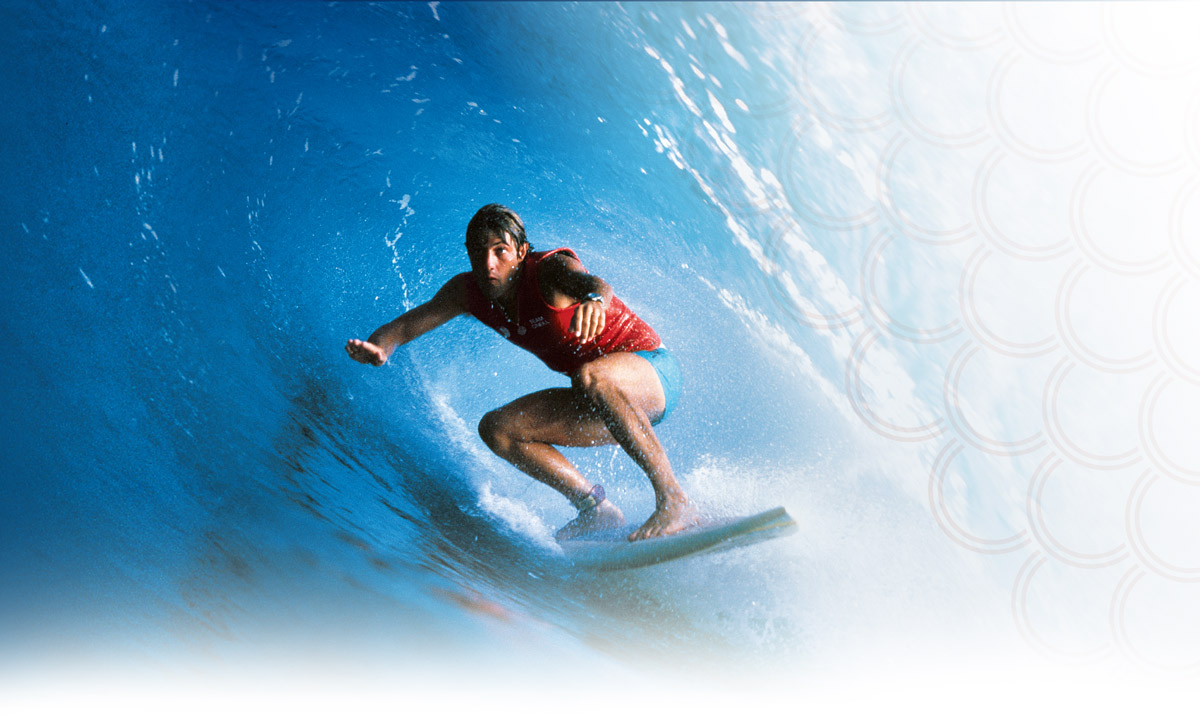
Photo by Dan Merkel
s a surfer, I have spent tens of thousands of hours floating on the surface of the sea. Under the curved blue dome of sky, I have gazed optimistically toward the horizon looking for the unseen, trying to discern exactly where to catch the next wave, that band of energy created from the friction between wind and water. Like the invisible energy that ultimately shows itself in the form of a wave, our life purpose is invisible, too, and only reveals itself in the form of the decisions we make.
I have always believed that no positive achievement happens randomly. Success is a result, first of introspection and visualization, and second of committed and directed purpose toward the result.
In the context of the COVID-19 pandemic, people across the globe are re-evaluating their fundamental purpose in life. In today’s uncertain world, when we are all disconnected, despairing, fearful and stressed, finding one’s purpose is an important step on the road to well-being and fulfillment. Purpose is often perceived as this ethereal, undefinable holy grail of morality, meaning and motivation – something important in life, but just out of reach. Finding purpose need not be complicated and it can be found through a simple twenty-minute process of self-discovery, but more on that later…
Purpose positively impacts the workplace too – recent research from Ernst & Young indicates that purpose-led organizations perform 42 percent better than those that are simply in business. However, a lack of purpose seems to be the norm in organizations. According to a recent Gallup workplace study, two-thirds of employees worldwide are purposeless – bored, detached and ready to actively sabotage plans, projects and other people. Considering we spend around a third of our lives at work, this disengaged culture means that helping people to find a sense of purpose isn’t vital just for business, but also for people’s overall wellbeing.
In fact, of the 2.5 million Americans that die every year, 1 million die from poor decisions. Almost as many people die annually from poor decisions than the sum total of every American soldier killed in every war fought since the War of Independence. The culprits? Alcoholism, smoking, overeating, sedentarism, drunken and distracted driving, drug overdoses, suicide and homicide. Deaths from these causes are precipitated not by circumstances but by decisions.
I believe that underlying most decisions is purpose, an internal personal force that commits us to positive action, a constant journey toward finding meaning. Purpose is this ineffable force, our internal power that provides the hope and optimism to get out of bed in a Nazi concentration camp and choose life and suffering over despair and death.
Man’s Search for Meaning
Viktor Frankl (1946)
More than 20,000 deaths annually result in an awful army of broken hearts – 40,000 parents, 80,000 grandparents, hundreds of thousands of brothers and sisters, aunts, uncles and friends. Over a short period of a few years, millions are affected with the terrible sadness of loss caused by one bad decision, one poor choice.
I know from personal experience of the terrible grief associated with the death of a child. Our son Mathew made a rash decision, a terrible mistake that cost him his life at the age of 15. His school uniform included a tie, and after school one day he used it to try “the choking game.” One bad decision made on impulse and my boy was gone. My life and that of my wife’s were destroyed. The pain of losing a child is indescribably dreadful, an unending sadness that stretches out endlessly with no horizon, an agonizing journey. When I thought of our loss and of the other 40,000 parents who are faced with that same painful journey, I knew that I had to do something.
To young people I would speak about the awesome responsibility they have to make positive choices, to not react instinctively, to be just a little more contemplative. Nobel prize winner Daniel Kahneman talks about the balance and conflict between two types of thinking: thinking fast (intuitive and instinctive) and thinking slow (reasoned and analytical). In young people impulsivity often wins out, so I would stress to young people across the world:
“A day will come when you are faced with a life-or-death decision – it might not be today, it might not be tomorrow, but that day will come. You might be by yourself, or you might be with friends, or you might be with people who you think are your friends. Your parents will not be there, and ultimately it will be you and the decision, you and the choice, you and life, you and death.”
I would ask them to try to remember that a surfer once told them about his son’s one bad decision, about the pain he had to endure that broke his life, and about how easy it is for them to bring the same pain to the people they love. I would ask them to please do this one thing, which I had them repeat: Think twice. There was no real call to action, just a call for a reaction to a potentially deadly situation: When there is danger, think twice.
I knew in my heart that while we all have limited control over our circumstances, we have absolute control over our decisions. I knew that purpose powers our decisions. But I had no idea how to inspire a higher purpose. I knew that just telling my story and explaining the risks were not enough. I needed a simple, workable tool that could activate purpose and create a commitment to positive action.
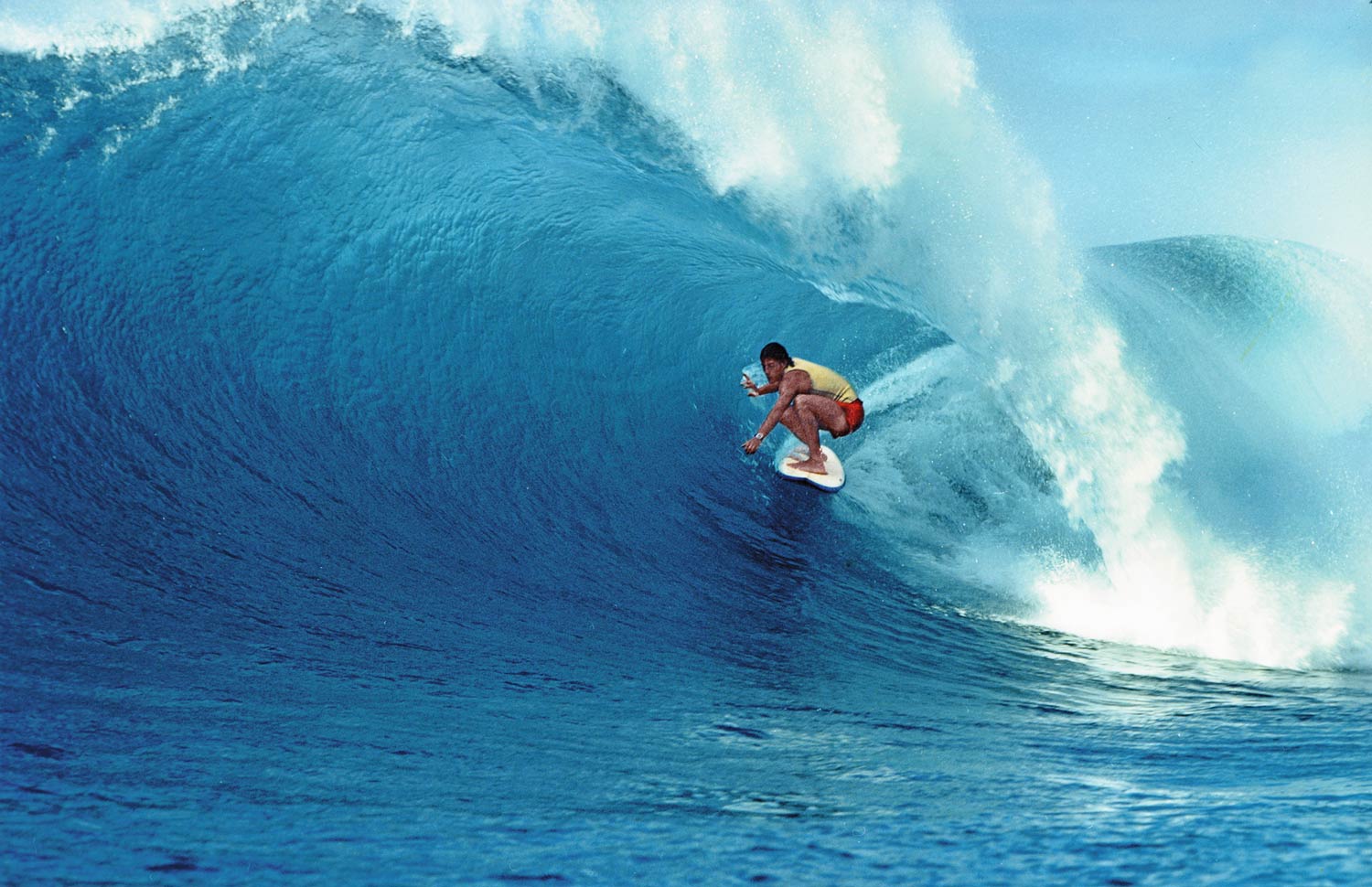
I had finished the original card in 20 minutes with no fixed objective, no targeted number of words, nothing too specific other than writing down what was important and what might be useful to young people. The lessons fell into their own order one by one. I called it a Surfer’s Code.
I handed the cards out to the kids, and more and more young people – and their parents – asked for them. Eventually it turned into a bit of a groundswell. My wife Carla and I owned a sportwear company called Solitude, and we started inserting the Surfer’s Code into the pockets of our company’s products. I also started speaking about the Code at schools, universities and companies across the world. Eventually I wrote a book with a collaborator, Patrick Moser, that went on to become a bestseller.
The students wrote their own codes in 20 minutes, and the headmaster sent me their writings. Out of the 960 lines I got back, the first was by a young girl named Elena Alcerro, who wrote, I will always be myself. As soon as I read that I knew I had to write a book. I will be myself is an anthem for youth. Kids living life their own way – doing what they want and not what their friends want them to do – like a vaccination against negative peer pressure. Sometimes all you need to turn hope into action is to write your promises down and say them out loud – to make a promise to no one but yourself.
When you suffer the loss of a child, you don’t want the knowledge and understanding that you receive, but you get it anyway, and you live with it because that is what keeps you alive. I know that the light does shine ahead; I know that the sun will rise tomorrow. I know that life is not futile, that we are not simply particles in Brownian motion.
Writing is a cathartic experience. Bringing your thoughts to life on paper is a positive release of pain in some way. The knowledge that perhaps what you write might help someone is a motivation. The knowledge that what young people write might help themselves and their friends is an even more powerful inducement to spread the word of positive choice.
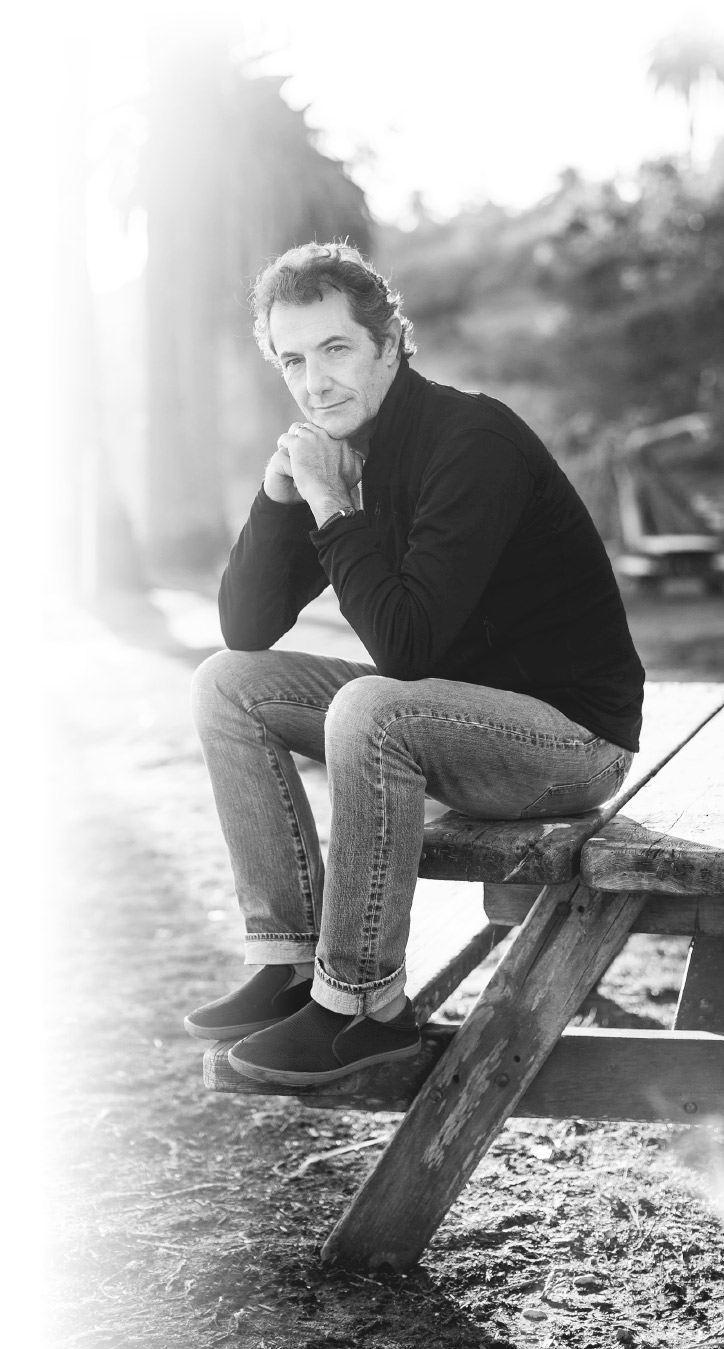
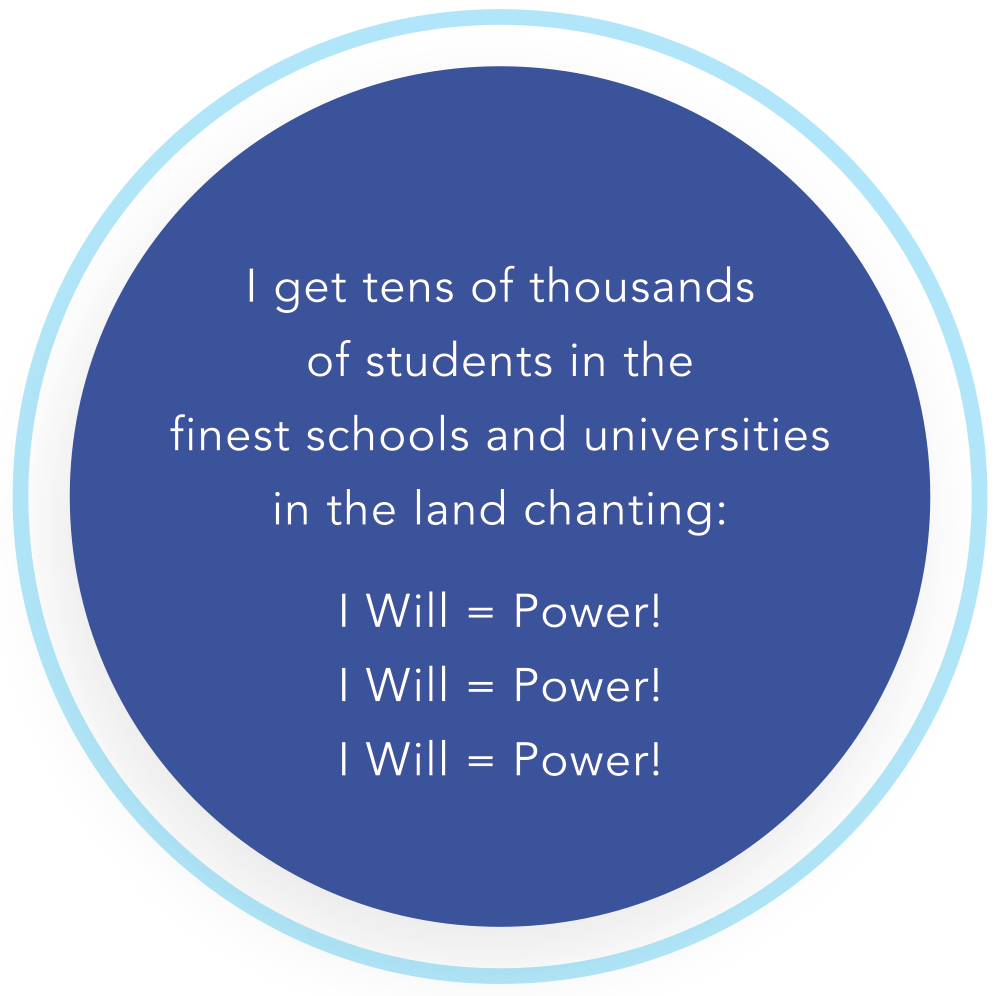

I hope for two things with my mission of outreach. First, I hope that the words in my books and talks empower young people to think twice about that big decision that could kill them, that a young person somewhere, sometime, stops when confronted by that life-changing decision, thinks twice and saves their own life. Second, I hope that through writing their Code young people around the world find renewed purpose and power in their lives.

The Code is a simple tool of visualization and commitment to action that creates a feeling of confidence and internal power. In my experience over the last decade, young people welcome having their own tool to focus and find clarity as to where they are going, a simple method to help in finding, defining and refining one’s life purpose. The Code is that tool, and writing and sharing our Code positively influences us and connects us to each other and to the best of the human spirit.
Throughout the years I have come to realize that the strength of the Code is not in my words but in the structure – 12 lines, each beginning with “I will…” I now encourage people across the world – including you – to write and share their own Code. Spend 20 minutes and write 12 lines, each sentence beginning with “I will…” This is your Code, a simple map to guide you into the future with purpose. This is a tool you can use to find the power to make positive decisions. This is a tool of hope and dreams. Once you have envisioned the future, you can find the power to realize it – what you will, you will become.
I Will = Power!
I Will = Power!
I Will = Power!
I have received hundreds of thousands of lines of Code from people across the world, inspiring and uplifting words of passion and power. While every line is different, essentially every line says one of just two things. Whether the writer is a CEO of a corporation with 50,000 employees, an inmate in a jail, or a teenager just starting out on their life journey, the depths of the human spirit and our ultimate power and purpose is revealed by two promises:
I will be better.
I will help others to be better.
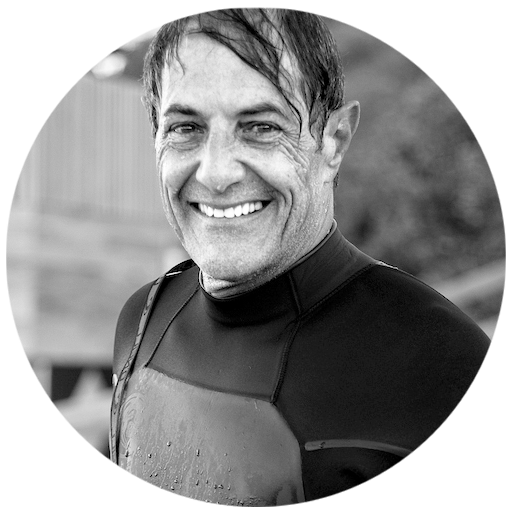
Shaun Tomson is a former World Surfing Champion named one of the 10 greatest surfers of all time. A global motivational speaker of the academically tested Code Leadership Method, he is also the author of the best sellers Surfer’s Code and The Code: The Power of “I Will.” He has a Bachelor’s in Business Administration, a Master of Science in Leadership from Northeastern University and has created two popular apparel brands, Instinct and Solitude. He and his wife, Carla, and son, Luke, reside in Santa Barbara, California.
Shaun Tomson is a former World Surfing Champion named one of the 10 greatest surfers of all time. A global motivational speaker of the academically tested Code Leadership Method, he is also the author of the best sellers Surfer’s Code and The Code: The Power of “I Will.” He has a Bachelor’s in Business Administration, a Master of Science in Leadership from Northeastern University and has created two popular apparel brands, Instinct and Solitude. He and his wife, Carla, and son, Luke, reside in Santa Barbara, California.